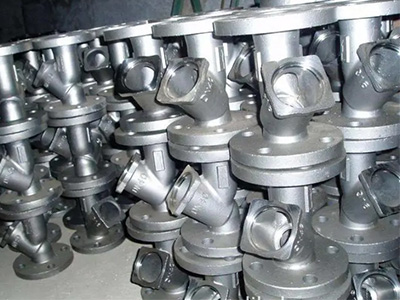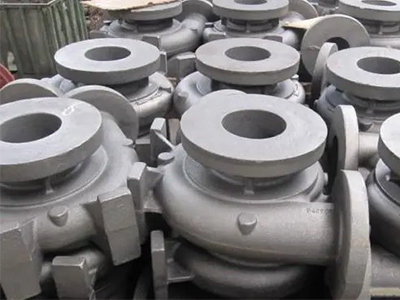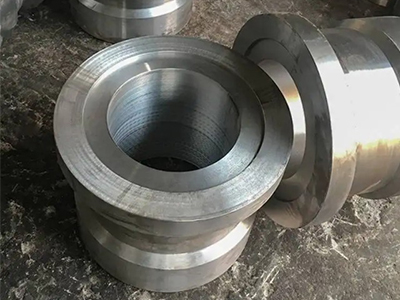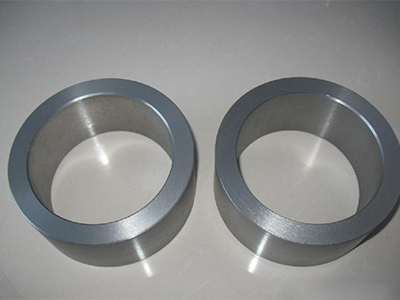- Factors affecting precision casting accuracy
- What are the determination methods of stainless steel precision casting?
- Is there any way to remedy the cracks on the surface of castings?
- Defects of Sand Mold casting
- Which kind of steel castings is the most suitable for non-destructive testing
- What are the requirements for the selection of rough stainless steel precision casting?
- How to control the temperature of stainless steel precision casting?
- What is the complicated forging process of small precision castings?
- The difference between Ductile Iron Castings and Gray Iron Castings
- The Investment casting method can save time
- Call : +86 13390692151
- sale@kfqizhongji.com
-
Room 1, No. 21, Chaoying East Road, Zhoushi,
Kunshan City, Jiangsu Province, China
Processing process of stainless steel precision casting
The main results are as follows:
1. Because the folding of stainless steel precision casting is much more than that of pig iron, in order to avoid shrinkage and casting defects of castings, riser, cold iron and subsidy are mostly selected in forging process to complete sequential condensation.
1. Because the folding of stainless steel precision casting is much more than that of pig iron, in order to avoid shrinkage and casting defects of castings, riser, cold iron and subsidy are mostly selected in forging process to complete sequential condensation.
In order to avoid shrinkage, casting defects, pores and cracks in stainless steel castings, the tolerance and air permeability of sand mold or core should be improved by making its wall thickness symmetrical, preventing bevel and bevel structure, adding sawdust in mold sand, adding coke in mold core, and selecting hollow core and oil sand core.
2. Because of the poor fluidity of molten steel, in order to avoid cold insulation and insufficient pouring caused by stainless steel castings, the thickness of stainless steel castings should not be less than 8mm; choose dry or hot casting moulds; appropriately increase the pouring temperature, generally 1520 °~ 1600 ℃. Due to the high pouring temperature, high hydrogen pressure of molten steel and long time of maintaining liquid, the fluidity can be improved. However, if the pouring temperature is too high, it will cause defects such as strong crystal, hot crack, air hole and slag inclusion. Therefore, for the general small and medium-sized precision castings with thick wall and complicated appearance, the pouring temperature is about + 150 ℃ of the melting point of steel, and the construction of the pouring system software is simple, and the cross section specification is larger than that of pig iron. The melting point of large and medium-sized and thick-walled pipe castings is about 100 ℃.
Stainless steel castings belong to sand casting precision castings or precision castings, which is a forging process with less drilling or no drilling. It is an excellent production process in the casting industry, and its application is very common. The greater advantage of stainless steel castings is that sand casting castings have high specification precision and surface smoothness, so it can be reduced in mechanical processing and manufacturing work, only a small amount of processing surplus can be left in a higher position on the parts, and even some castings can be used only with polishing and polishing capacity without machining. It is not difficult to see that the selection of investment casting can save machinery and equipment, production and construction time, and greatly save metal materials.





